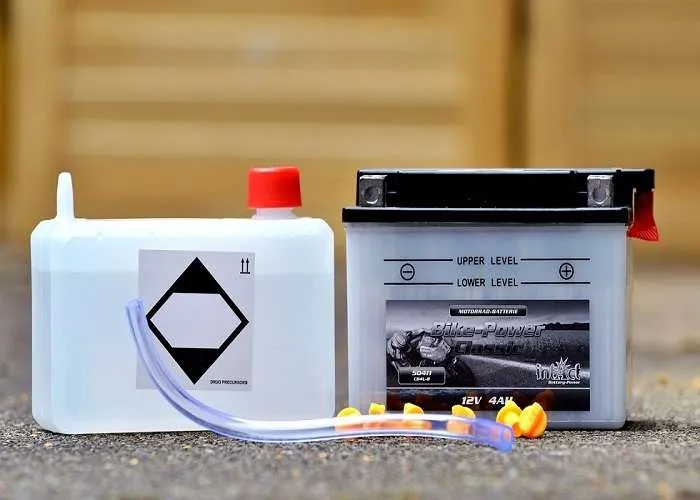Off-grid solar systems use energy from the sun to meet all your electrical needs without being connected to the grid.
What is an off-grid solar system?
Off-grid solar systems are becoming increasingly popular for those looking to minimize their environmental impact and reduce their monthly expenses. They’re also an excellent choice for RVers and those looking to camp or venture outside of established campgrounds. It could be a whole new way of living that reduces dependence on others.
While the first thing you might see is an array of solar panels, an off-grid solar system is more than just solar panels. You’ll also need a solar charge controller to convert the energy, a battery pack to store the power, and an inverter to use the energy. These are essential components when it comes to a fully off-grid solar system.
A typical off-grid solar system utilizes solar panels to capture energy from the sun and convert it into electricity. Unfortunately, without proper conditioning, the power from the solar panel can damage your battery.The solar charge controller regulates the voltage and current from the solar panels for safe storage in the battery pack. The voltage of a typical battery pack is 12 volts direct current (direct current). In some cases, that’s enough, but in most cases, you’ll also need 120 volts AC (alternating current).To get 120 volts AC from the battery pack, you need an inverter. The inverter converts direct current to alternating current.
The most important part of an off-grid solar installation is the battery pack.A battery pack is just multiple cells connected in series or parallel. The battery is where the energy of the solar panel is stored.
The role of batteries in off-grid solar systems
Without batteries, you’ll only be able to use your off-grid solar system during the day, assuming it’s a sunny day. Having a reliable and large enough battery pack allows you to utilize your off-grid solar system day or night, rain or shine.
Because solar panels can generate electricity on a clear day, you can then store the electricity in a battery pack. But at night or on rainy days, the solar panels can’t generate electricity without sunlight, so you can use the electricity stored in the battery pack.
But not all batteries are created equal. Ideally, you want a battery that can store enough energy to meet your energy needs and remain reliable if your local grid is disrupted by a power outage.
While some newer generators can be recharged using solar power, the batteries rely entirely on electricity, making them ideal for solar panel owners. You can even charge the battery during grid outages.
Overall, batteries are a smarter investment. Lithium-ion batteries are generally ideal because they have a long lifespan, maximize your power and help offset your energy costs. They have a higher initial cost than generators, but rarely require maintenance or repair work.
Types of battery
Lead-acid batteries
Deep cycle lead-acid batteries have been the most common and accessible battery choice for automotive, RV, marine and solar applications for many years. These batteries typically have low energy density, moderate efficiency, short lifetime and high maintenance requirements.
The main advantage of lead-acid batteries is the low upfront cost. A typical lead-acid battery costs about $100 to $350.
Although lead-acid batteries are the most popular batteries for rechargeable and starting applications, lead-acid batteries have many negative qualities. They are very heavy, have a short lifespan and require frequent maintenance.
Additionally, charging lead-acid batteries below 50% of their rated capacity can cause permanent damage and shorten the battery’s already short lifespan.
Lithium battery
One of the trends in off-grid solar power systems is the use of deep-cycle lithium batteries as battery packs. Lithium batteries use lithium salts to create efficient and lightweight energy storage.
There are many reasons why people turn to lithium batteries. On the one hand, lithium batteries are more efficient and charge faster than lead-acid batteries. Plus, you can use more than 80% of the lithium battery’s rated capacity without damage. On top of that, lithium batteries weigh about half as much as lead-acid batteries.
However, one of the most common reasons people love lithium batteries is that they require no maintenance and can easily last a decade or more.
Despite its many advantages, lithium batteries are not perfect. The main disadvantage is that they have a high upfront cost. While lead-acid batteries cost $100 to $350, similar lithium-ion batteries typically cost $700 to $1,200.
Conclusion
Building an off-grid solar system requires more than just solar panels, it requires the right battery pack. Store excess power in batteries to become your backup energy source.













